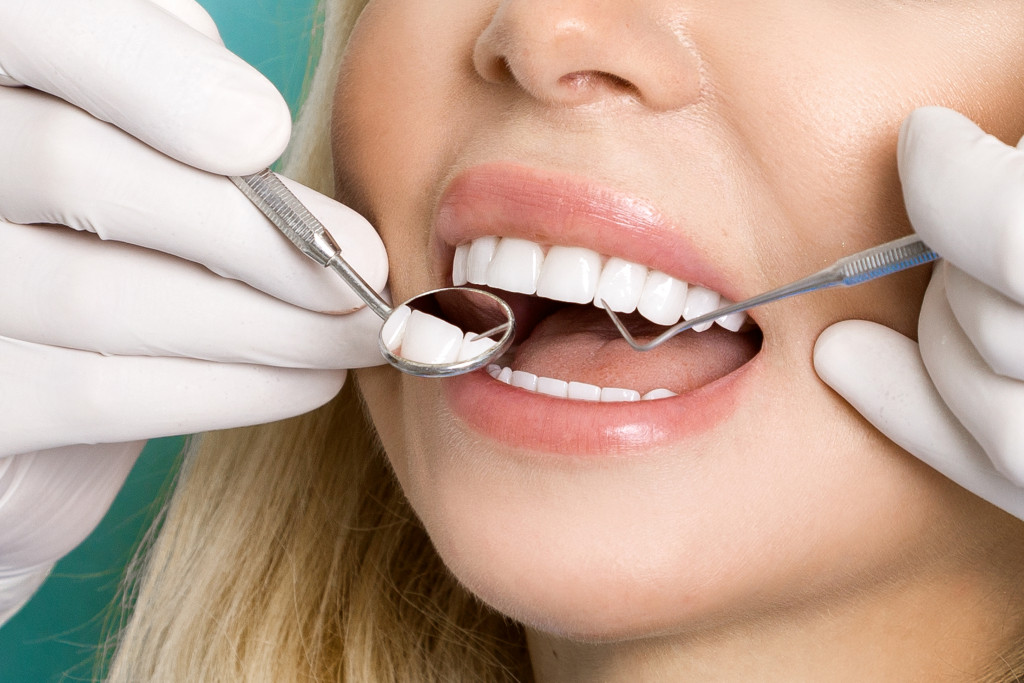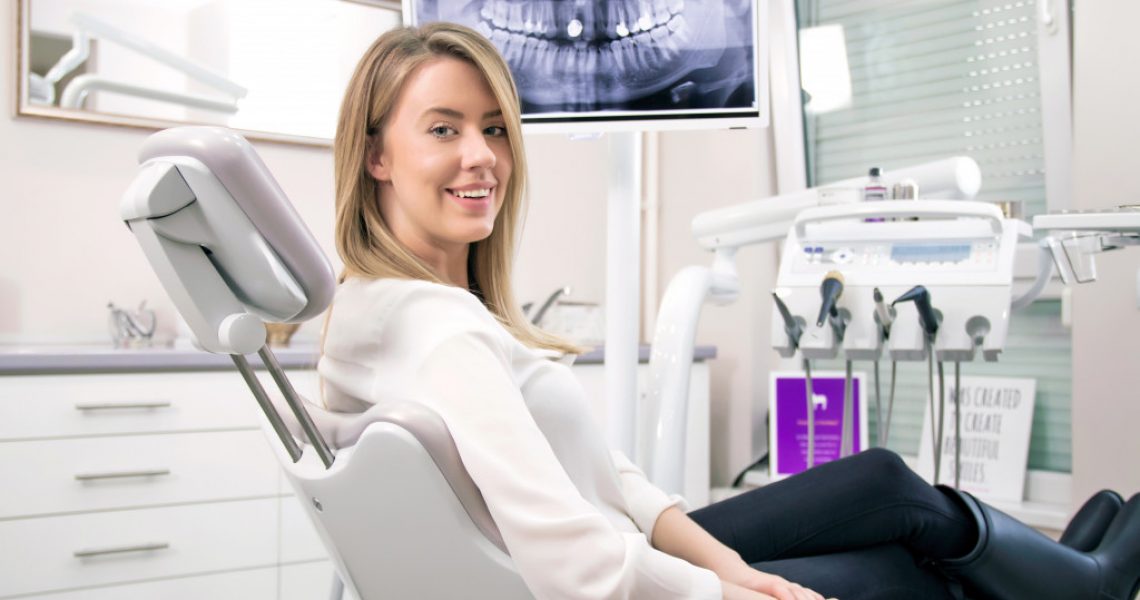Technology has always been integral to the dental industry, from the advent of x-rays to the use of CAD/CAM technology in dental laboratories. In recent years, however, there has been an explosion in the number and variety of technological innovations that are available to dentists, and which are transforming the way dental practices are run.
As a dentist, it’s important to stay up-to-date on the latest advances in the field so that you can provide the best possible care for your patients. Here are five cutting-edge technologies that are sure to transform dentistry in the years to come.

3D Printing
3D printing is already having a major impact in a number of different industries, and dentistry is no exception. This technology can be used to create custom dental implants, prosthetics, and braces.
Right now, tooth replacement is done via a two-step process: first, a mold is made of the patient’s mouth, and then the dental prosthetic is created based on that mold. With 3D printing, however, it will be possible to create dental implants and other prosthetics directly from a 3D scan of the mouth, without the need for a mold. This will not only save time but also be more accurate and result in a better fit.
In addition, 3D-printed molds can be used to create precise dental crowns and other dental appliances, potentially making them cheaper.
Laser Dentistry
Lasers are already being used in a number of dental procedures, such as teeth whitening and cavity removal. As laser technology continues to advance, we can expect to see even more uses for lasers in dentistry.
Teeth whitening, specifically, has been in huge demand recently as an increasing number of young people seek to achieve perfect teeth. While there are a number of at-home teeth whitening kits available, dentist-administered laser teeth whitening is still the best way to achieve results that are both fast and long-lasting.
As laser technology improves, we can expect to see more uses for lasers in dental surgery, such as for hard-to-reach cavities and, eventually, to perform root canals and other complex procedures.
Virtual Reality
Virtual reality (VR) has a number of potential applications other than gaming. Many industries, including construction and dentistry, have already incorporated this technology into their day-to-day processes.
VR could be used to train dental students or provide patients with a distraction during uncomfortable procedures. It creates an immersive experience that simulates a dental operation virtually without the cost or risk.
Some dental companies have already developed VR applications. For instance, Oral-B has developed a VR game that helps kids brush their teeth correctly. In addition, VR simulations could be used to plan complex dental surgeries in advance. It’s likely that we’ll see even more VR applications in dentistry in the years to come.
Intelligent Toothbrush
While most people are familiar with the standard manual toothbrush, there’s a new generation of “intelligent” or “smart” toothbrushes that are connected to apps and can track your brushing habits. These brushes can provide valuable feedback on your brushing technique and help you to improve your oral hygiene habits.
A smart toothbrush is not only more effective at cleaning your teeth, but it can also help to prevent cavities and gum disease. In addition, some smart toothbrushes come with sensors that can detect early signs of tooth decay, making them a valuable tool for both patients and dentists.
Dental Robotics
Robots are increasingly being used in various medical fields, and dentistry is no exception. Dental robots can be used to perform simple tasks such as cleaning teeth or applying fluoride treatments.
In one Virginia dental clinic, robots assists dentists perform procedures. The robot named YOMI will scan the patient’s mouth prior to the procedure and give the attending dentist a digital model to assess. YOMI also monitors the patient’s movement to make sure that they are in the right position for whatever treatment they will undergo.
In the future, it’s possible that robots could even be used to perform more complex procedures such as root canals or braces placement.
Wearable Devices
Wearable devices such as fitness trackers and smartwatches are becoming increasingly popular, and they also have potential applications in dentistry. For example, these devices could be used to monitor patients’ oral health or track their brushing habits.
One wearable sensor developed by researchers can monitor a person’s oral health based on their saliva. The sensor will be placed near the mouth to collect samples on a continuous basis and then rapidly assessed for tooth conditions such as cavities or gum disease.
In addition, wearable devices could one day be used to deliver painless electrical stimulation that helps prevent cavities or gum disease.
These are just a few of the many cutting-edge technologies that are transforming dentistry today. By staying up-to-date on the latest advances in the field, you can provide your patients with the best possible care.

